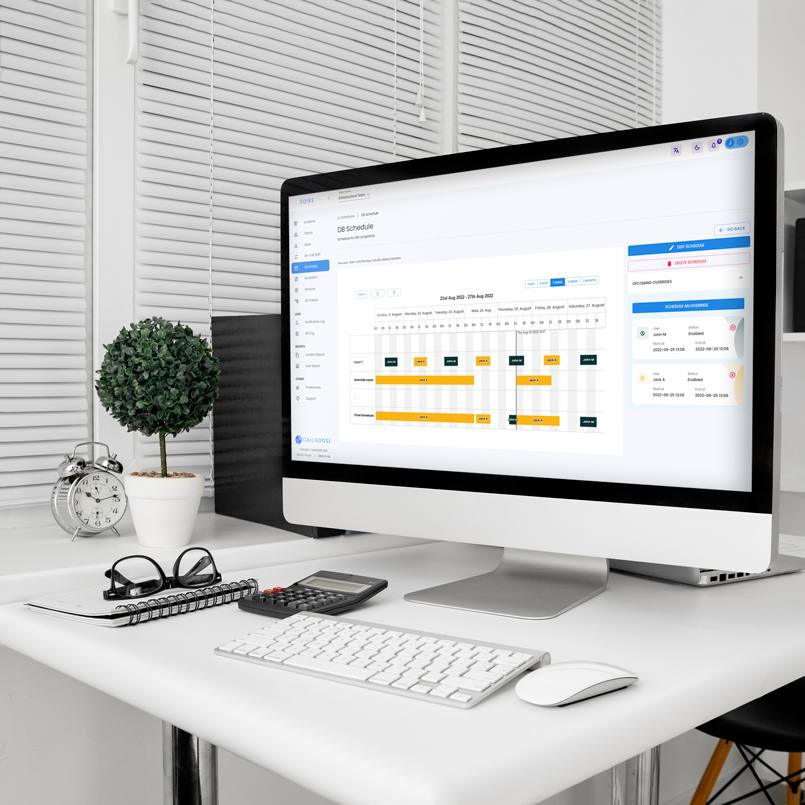Getting Started
Special
SINGLE SIGN-ON
Teams
Users
Escalation Policies
Service
Incident
Request
On-Call Shift
Schedules
Schedule Override
Logs
API
Webhook
Apps Integration
Reports
Preference
Profile
Automation
Self-Service Portal
FAQ
Self-Service Portal Page Item
A Self-Service Portal page item represents an action that can be executed within a Self-Service Portal page. Items are created using Automation Workflows.
Location
You can find this option in your dashboard by navigating to:
Dashboard → Self-Service Portal under the Automation category → Select a page → SELF-SERVICE ITEMS
Creating an Item
Click the Add Item + button. A configuration screen will open where you can enter and customize the details.
1. Title
Enter a clear, descriptive title that represents the action.
- Example: Employee Onboarding
2. Description
Enter a short description of the action this item performs.
You can also include any specific details or instructions for the user.
- Example: You need to fill the variable name. You can enter both First Name and Last Name in this field. Make sure not to include quotes.
💡 Tip: Provide clear examples of required inputs so users know exactly how to fill the fields.
3. Category
Select the category that this action belongs to.
These categories are created under the Self-Service Page.
4. Select Automation Workflow
Choose the Automation Workflow that should run when this item is executed.
You can select either a Team or a Global from the Team selector, then pick the specific workflow from the list.
If a workflow doesn’t have a service assigned, update the workflow and attach a service. Go to here for more info
5. Security
You can configure the security settings for each Item to control how it is accessed from the Self-Service Portal Page.
Public or Private.
- Public - The item is accessible directly from the Self-Service Portal without any additional security.
- Private - The item requires an extra layer of security. To access it, a valid security token must be provided. The token is automatically generated, and you can regenerate it at any time.
Example use case: You can restrict the item to a specific team (e.g., HR) and share the token only with that team.
6. Success Message
Enter the message or information that will be displayed to the user after the item is successfully executed.
This helps confirm that the action was completed and provides any next steps or follow-up details.
- Example: The employee onboarding was successful. The employee will receive the details through email.
💡 Tip: Keep success messages clear and reassuring. If additional actions are expected from the user, mention them here.
Click on the Save button after filling all the required fields to save the Item.
Editing an Item
From the item list, click the three vertical dots on the specific item card and select Edit from the menu.
A configuration screen will open where you can update the details.
After making changes, click the Save button.
Deleting an Item
From the item list, click the three vertical dots on the specific item card and select Delete from the menu.
For safety, you will be asked to confirm before deletion.

